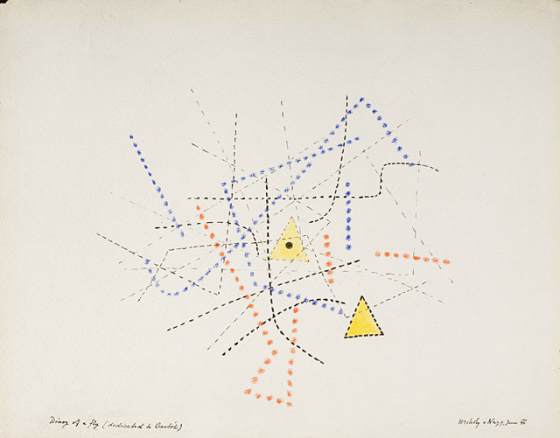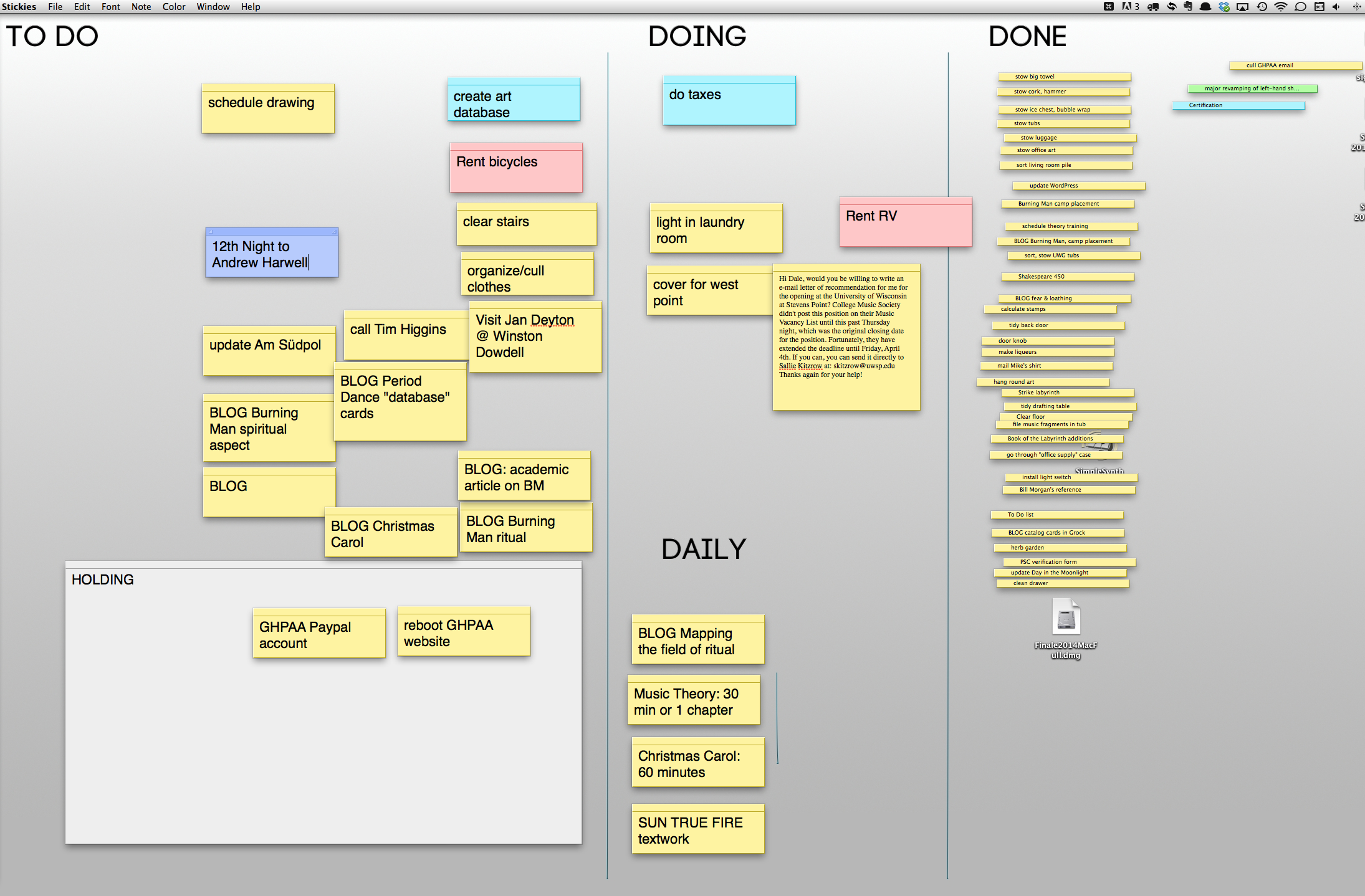My good friend and mentor Dianne Mize asked in a recent letter—yes, I write letters; I’m kind of addicted to it—how hard it was to write the Cello Sonata No. 1, and I joked that on the Lyles Scale of Compositional Agony it was about a 7. (That reminds me that I actually have to post that letter…)
Hm, I says to myself, Self, that would be an amusing blog post.
And so here it is, my task avoidance of the day. (Sorry, John Tibbetts II, I really meant to work on your song today…)
[Note: in my letter, the ‘7’ was on a 10-point ascending scale. On the Revised Lyles Scale of Compositional Agony, composing the Cello Sonata would have been been a 5.]
Lyles Scale of Compositional Agony
| 1 | Nirvana | You regain consciousness to find that the piece is done. Angels are singing and small woodland creatures frolic about you adoringly. |
| 2 | Bliss | Your work flows from your mind exactly as you imagined it, and you have to work fast to capture all the ideas that keep coming. You don‘t even need that second cup of coffee. |
| 3 | Grooving | Your ideas come easily and allow themselves to be wrangled into the piece without too much of a struggle. Your lovely wife thinks it‘s pretty. Take a break—you‘ve earned it! |
| 4 | Human | Meh. You‘ve got a piece to write, and it takes a while, but it finally all fits together and is good. You have that second cup of coffee and think about working on a new piece. Soon. Ish. Probably. |
| 5 | Sludge | The work won‘t come at first, but after beating yourself with a sledgehammer, you finally get something on the page. Maybe it will look better after you ignore it for a few days. Perhaps a trip to the Amazon would help. Eventually you assemble what crap you‘ve come up with into something vaguely resembling a piece of music. |
| 6 | Hell | Ideas will not come. You resort to inserting notes randomly onto the screen, hoping that one or two of them will stick. You consider rending your flesh for inspiration. What should have been a simple transition becomes a life-and-death struggle with Satan. You do your taxes just to avoid working on the piece. |
| 7 | Harsh Reality | No ideas come, and what appears on your paper FELLATES HUGE MAMMALIAN GENITALIA. You are revealed to the world as a complete fraud, and on YouTube people use your past accomplishments to symbolize pathetic self-delusion. Small woodland creatures mock you. You abandon your life‘s work, and the universe breathes a sigh of relief. |
You may make suggestions for additions and revisions in comments.





















